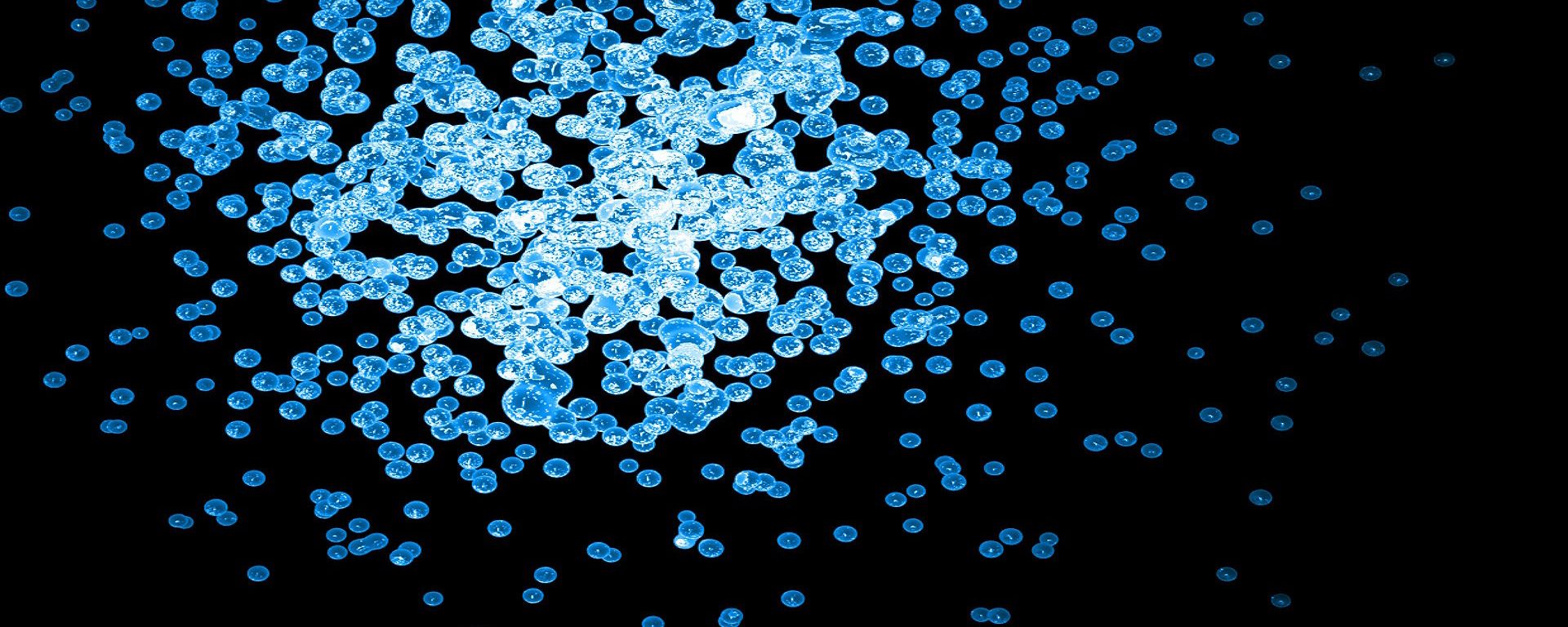Disease outbreak and mitigation is a hot-button issue today — and for good reason. We’re living through a pandemic! However, COVID-19 is not the only one in recent history. Many individuals will remember the impacts of the HIV/AIDs epidemic, just a few decades ago.
What was first identified in 1981 as a mysterious infection affecting five men in Los Angeles, grew over the 1980s to touch thousands of individuals worldwide. The 1990s saw millions of people infected with HIV/AIDS, and by 1999, AIDS became the number one cause of death in Africa, and the fourth largest cause of death on the planet. According to the World Health Organization (WHO), as of 2018, that number has risen to 32 million deaths, and 37.9 million people living with the disease. Modern medical innovations have kept the HIV/AIDS epidemic from claiming millions more. In March 2020, amid the COVID-19 pandemic, medical journal The Lancet HIV deemed second person globally cured of HIV.
The political atmosphere in America surrounding COVID-19 has rung deja-vu to some who remember the early handling of HIV/AIDS. COVID-19 has claimed close to 288,000 lives since the first outbreak in China in December 2019, and continues to rampage across the world. This visual history of pandemics, designed by Harrison Schell and researched from reputable sources by Nick LePan, helps to put things in perspective throughout humanity’s long history with infectious diseases.
It stands to reason that many aspiring healthcare workers are wondering how they can help, and therefore considering how to become an epidemiologist! If history has taught us anything, it is that scientists, doctors, researchers, innovators, and teachers, can have a massive effect on the outcome that an epidemic or a pandemic has on the people in their community. History.com explores how pandemics come to an end, and we can truly trace how immunity, quarantine, social distancing, sanitation, and inoculations harbored the harm caused by plagues like smallpox. Enter: the job of the epidemiologist. Epidemiologists study disease patterns, and strive to treat and reduce outbreaks through science.
The epidemiologists of this era can look forward to working in a variety of settings, from government agencies like the Centers for Disease Control and Prevention (CDC) and the WHO, as well as universities and hospitals. In fact, the large majority of epidemiologists (36%), work in state government. This environment might be in an office or a laboratory. The Bureau of Labor Statistics also encourages that even in the field, such as when deployed to collect data in remote areas of the world, epidemiologists encounter minimal risk because of their extensive training and use of precaution when with patients.
Extensive training translates to a master’s degree. According to the Bureau of Labor Statistics, epidemiologists must have at least a master’s degree from an accredited college or university. Most epidemiologists have a master’s degree in public health (MPH) or a related field.
Whether in public health, or a related subject, there is a good deal of essential coursework that aspiring epidemiologists need to have under their belts. In a master’s of public health program, there is a blend of scientific courses, math and statistics, as well as analysis, medicine, and research. For instance, MPH curriculum at Goodwin includes required coursework such as:
- Biostatistics, which provides students with data collection and analysis skills.
- Social and Behavioral Sciences, which digs into theory, health research and interventions.
- Methods in Research and Practice, which helps students develop data collection and research methods.
- Occupational and Environmental Health, which promotes an understanding of hazard analysis through case studies and historical documentation.
For an example of what an epidemiologist might do, check out The Connecticut State Department of Public Health’s Epidemiology and Emerging Infections Program (EEIP). The EEIP is committed to preventing illness, disability, and death due to infectious disease. But how? Well, the EEIP:
- Investigates outbreaks.
- Evaluates and promotes prevention.
- Conducts surveillance for reportable infectious diseases.
- Puts control measures in place.
Epidemiologists on a team like this, require a masters’ education. A program such as Goodwin University’s MPH offers the courses that epidemiologists will draw on for their entire careers, and can take as few as 16 months to complete, full-time and fully online.
There are no certification requirements needed to become an epidemiologist today. However, the Bureau of Labor Statistics recommends a certain skillset before applying for the role. To become an epidemiologist, you should have strong:
- Communication skills (both written and oral)
- Critical thinking skills, to best analyze data and respond to public health emergencies
- Attention to detail, as accuracy and precision in your research will be essential
- Math and statistical skills to administer studies, surveys, and research
- Teaching skills, to educate the community on public health
Besides making a major impact on your community, whether under a state of emergency, or during more familiar times, the payoff for becoming an epidemiologist also extends to compensation. Epidemiologists can make on average close to $71k annually. In fact, Connecticut in particular is a great place to become an epidemiologist in the United States. Connecticut epidemiologists make over $81,000 annually. (Learn more about your earning potential.)
Making a difference at a time when our country needs healthcare workers so much, is possible, when you become an epidemiologist. There is no required epidemiologist certification: just hard skills, and a dedication to bettering communities through research and policy implementation. To learn more about Goodwin University’s MPH program, visit us online, request more information, or pick up the phone and dial 800-889-3282, today.
Goodwin University is a nonprofit institution of higher education and is accredited by the New England Commission of Higher Education (NECHE), formerly known as the New England Association of Schools and Colleges (NEASC). Goodwin University was founded in 1999, with the goal of serving a diverse student population with career-focused degree programs that lead to strong employment outcomes.

